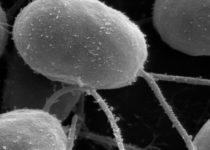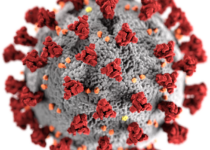This New Method Of Treating HIV AIDS Could Finally Lead To Curing Of The Disease
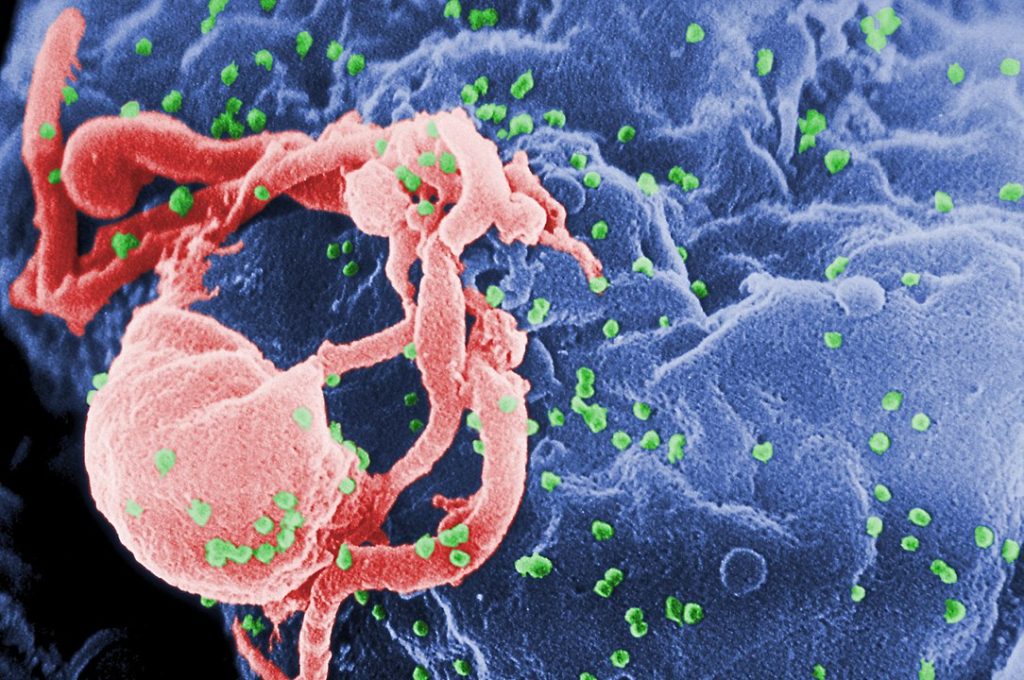
Since the first case of HIV AIDS was documented in 18 May, 1981, HIV, or the Human Immunodeficiency Virus, has killed more than 32 million people around the world, and even to this day, there is no cure for the disease of AIDS. Efforts to develop a vaccine against HIV have been going on for more than 20 years, but the frequent mutations the virus undergoes means that any vaccine quickly becomes obsolete. Recently, however, certain insights have been gained, and a new strategy is being explored, that could (fingers crossed) finally lead to completely curing AIDS in the foreseeable future.
HIV Genes In Human DNA
After its entry into the cell, either through membrane fusion or through endocytosis, the RNA based genome of HIV gets converted into DNA genome. You can read about how RNA and DNA molecules differ from each other here, and all about how DNA and RNA store genetic information here. The DNA molecule carrying the virus’s genes is then used to produce all the protein molecules that make up the virus, to create multiple copies of the virus that start exiting the infected cell. Research over the years has shown that, after a certain amount of time since infection, the DNA carrying the HIV genes actually gets integrated into the human DNA of the infected cells.
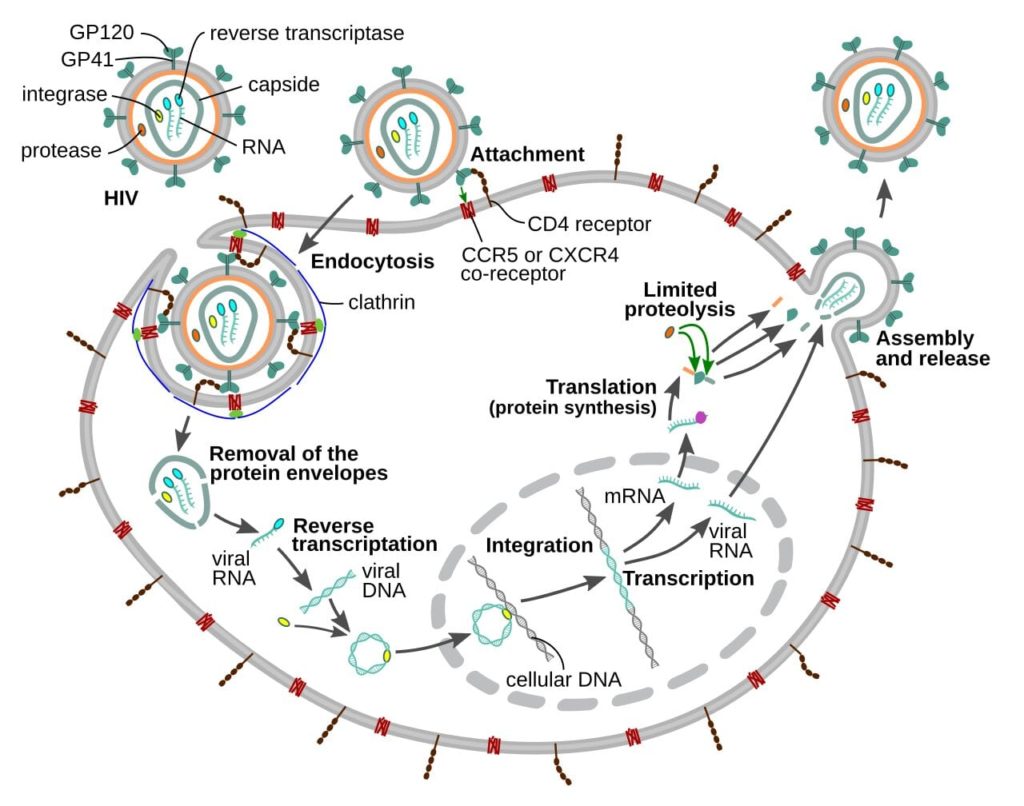
Before this integration happens, the viral DNA can be detected and destroyed by the cell. But after integration, the viral DNA is far safer. This is why in the early stages of infection, the patient has a high chance of getting completely cured through antiviral drugs. Beyond this stage, even if all the HIV particles are destroyed in the patient using antiviral drugs, the HIV DNA lurks in the human DNA of infected cells, waiting for the right opportunity to again start synthesizing new HIV particles, very much like the sleeper cell of a terror group, living in hiding until the opportunity to strike again presents itself.
This is why, while at some stage of treatment, no more HIV might be detected in the patient’s blood due to antiviral drugs, if the patient stops taking the drugs, the virus usually comes back with a vengeance, having been synthesized by the viral DNA integrated in the human DNA of infected cells. And these cells often have stem cell like properties, meaning that they keep dividing, keeping the HIV genes intact with them.
Nicotinamide Brings HIV Out Of Hiding
Recent studies, however, have shown that a molecule called nicotinamide could be truly helpful in this context. It has been observed that when nicotinamide is administered to HIV patients in whose blood HIV is not detected any more due to antiviral drugs, the HIV suddenly comes back and is detected in significant amounts in the blood. This is because nicotinamide somehow activates the viral DNA lurking in the infected cells, making it synthesize HIV in large amounts even while the antiviral drugs are being administered. Once these infected cells start churning out the virus, they either undergo apoptosis (self destruction) or they are killed by the immune system.
How exactly nicotinamide prods the silent HIV genes in the infected cells to become active and start producing HIV particles is currently unclear. But recent studies show that nicotinamide acts on histone proteins. In the cell nucleus, DNA is spooled around histone proteins, pretty much like how textile threads are kept spooled to keep them from getting tangled. Histone proteins, are therefore molecular spools that prevent DNA from getting tangled. You can read more about this process here. When a gene is to be expressed, however, the stretch of DNA containing that gene gets unspooled, or detached from histones, to allow expression of the gene. Nicotinamide somehow causes this unspooling of DNA from histones.
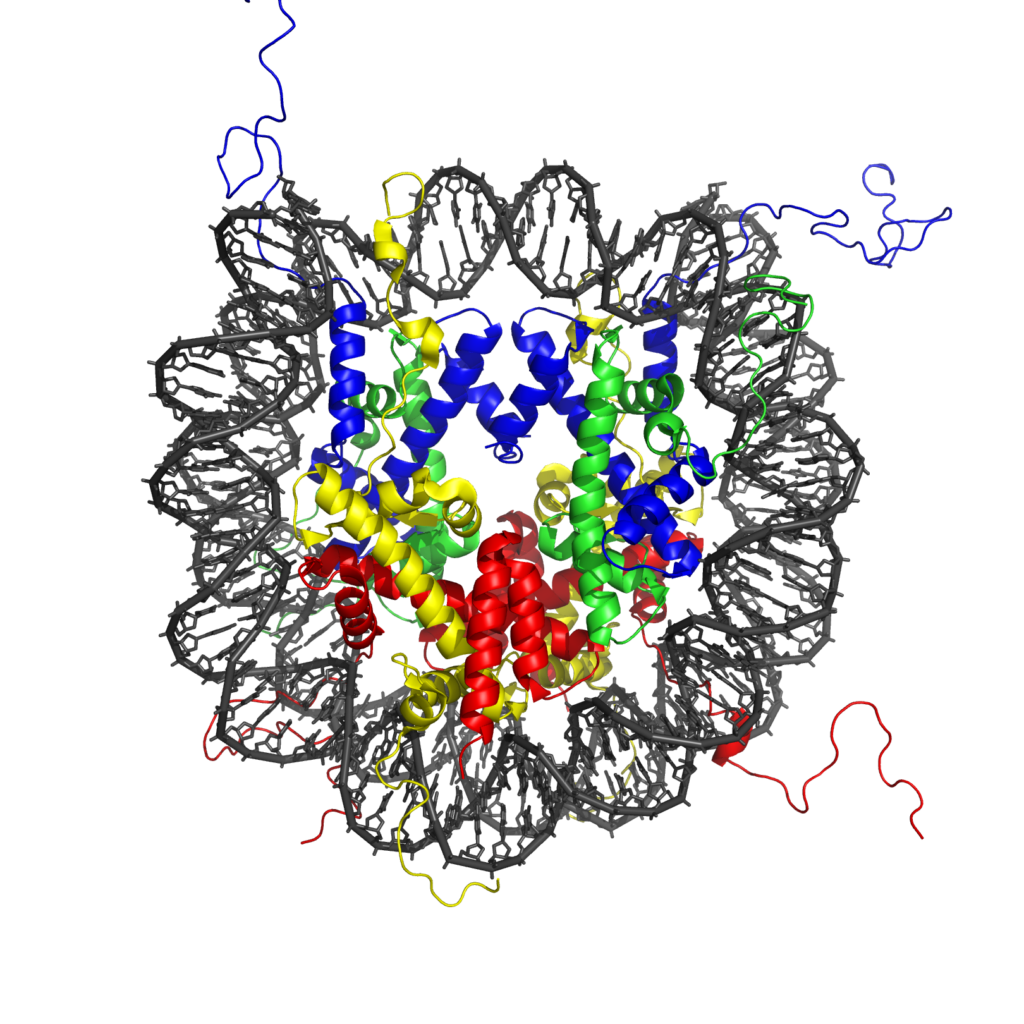
It is therefore possible, that after its integration into human DNA in the nucleus, the HIV DNA stays tightly spooled around histones and the HIV genes are therefore silent. When nicotinamide is administered, however, it causes the HIV DNA to be unspooled, leading to activation of HIV genes and production of HIV particles. It is these HIV genes silently lurking in the infected cells, that make it so incredibly difficult to completely clear an HIV infection through antiviral drugs. Because antiviral drugs act on finished HIV particles, and not on the HIV genes that have embedded themselves in the human DNA. Administration of nitotinamide along with antiviral drugs, therefore, could lead to complete clearing of HIV from body.
How Promising Is This?
This isn’t the first time that a new finding has raised prospects of a permanent cure for the disease. There have been several attempts in the past to remove the cells carrying latent HIV genes in their DNA from body, but so far none of them have been successful. But a recent study involving administration of nicotinamide to HIV patients who had controlled their HIV infections using antiviral drugs, produced a case of complete cure in one of the patients. Known as the Sao Polo patient, he became only the third known person in the world who managed to completly get rid of HIV, the previous two being Timothy Ray Brown and the London patient.
In the study, 5 HIV patients, including the Sao Polo patient, were put on 2 different antiviral drugs in addition to 3 others they were already taking, to ensure that no HIV particles produced by infected cells would survive. These patients had controlled their HIV infections through the 3 antiviral drugs they had been taking, so that amount of HIV was undetectably low in their blood. They were then administered nicotinamide to document its effects. After 48 weeks of this treatment, the patients were taken off nicotinamide and the additional 2 antiviral drugs, but continued taking the 3 antiviral drugs they had been taking prior to the treatment.
After 3 years, they were taken off these 3 antiviral drugs as well. In 4 of the 5 patients, the HIV resurfaced soon, indicating that the cells carrying latent HIV genes had not been killed. In case of the Sao Polo patient however, there was no trace of HIV even after 66 weeks. PCR (Polymerace Chain Reaction) is an extremely sensitive test that detects even tiny traces of HIV genetic material in blood. And it failed to detect any HIV genetic material in the Sao Polo patient blood. Then another extremely sensitive experiment was carried out, in which lab grown human cells that are highly susceptible to HIV infection were exposed to the Sao Polo patient’s blood, and again there was no trace of HIV.
Interestingly, the Sao Polo patient was also the only one of the group, in whose blood the HIV was detected twice in blood tests when he was on nicotinamide. This suggests that he was the only one in the group, in whom nicotinamide was able to activate the latent HIV genes, leading to identification and destruction of the infected cells and clearance of the HIV infection. These findings certainly give a ray of hope, that total cure for HIV AIDS might finally be around the corner.
But since other efforts in the past have met with failure, and even in this study, only one of a group of five HIV patients truly benefited from the treatment, we should be cautiously optimistic, and keep refining the method. Hopefully, with time, we will learn how to increase the success rate of this technique to make it a truly viable treatment.
